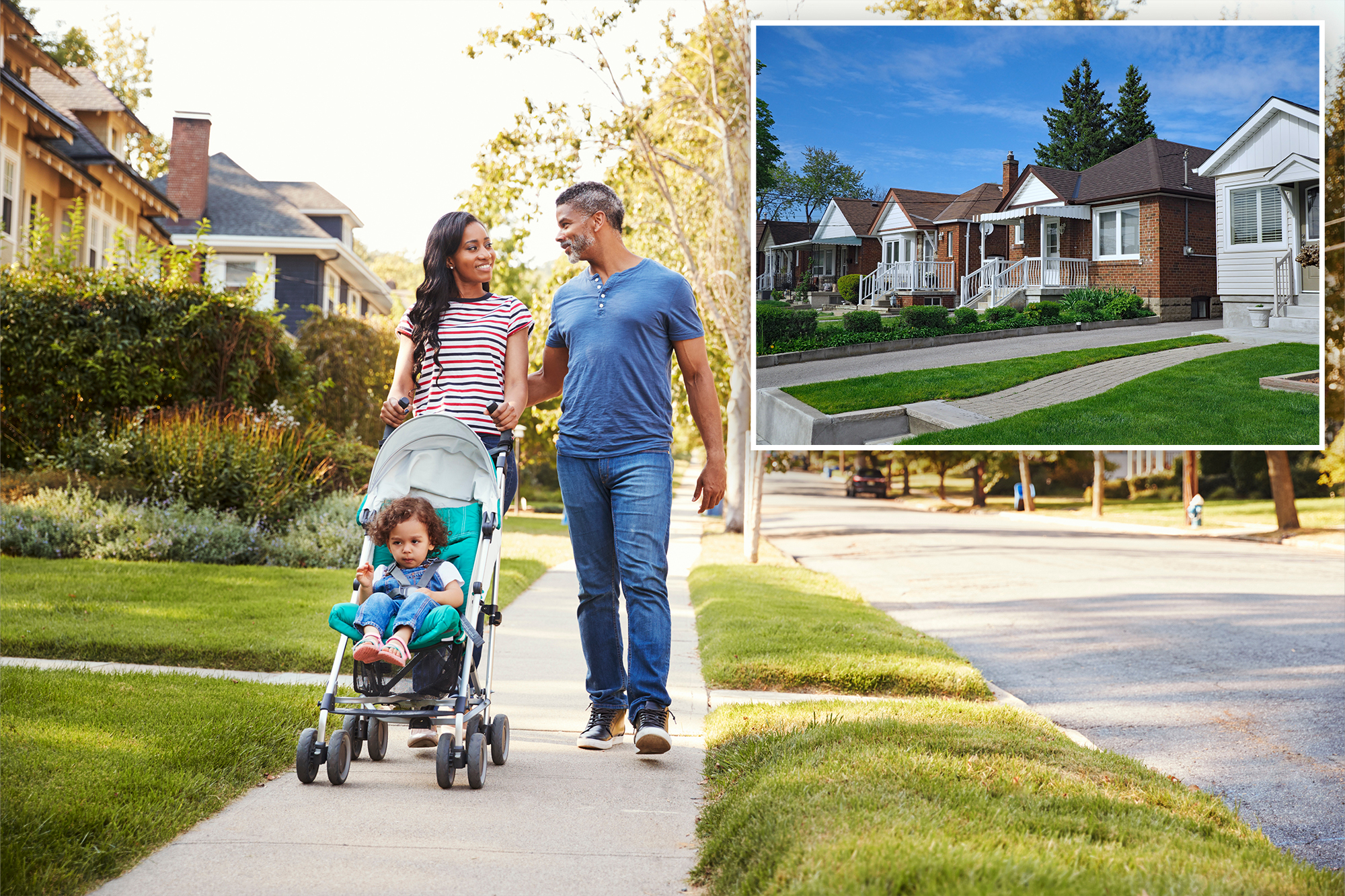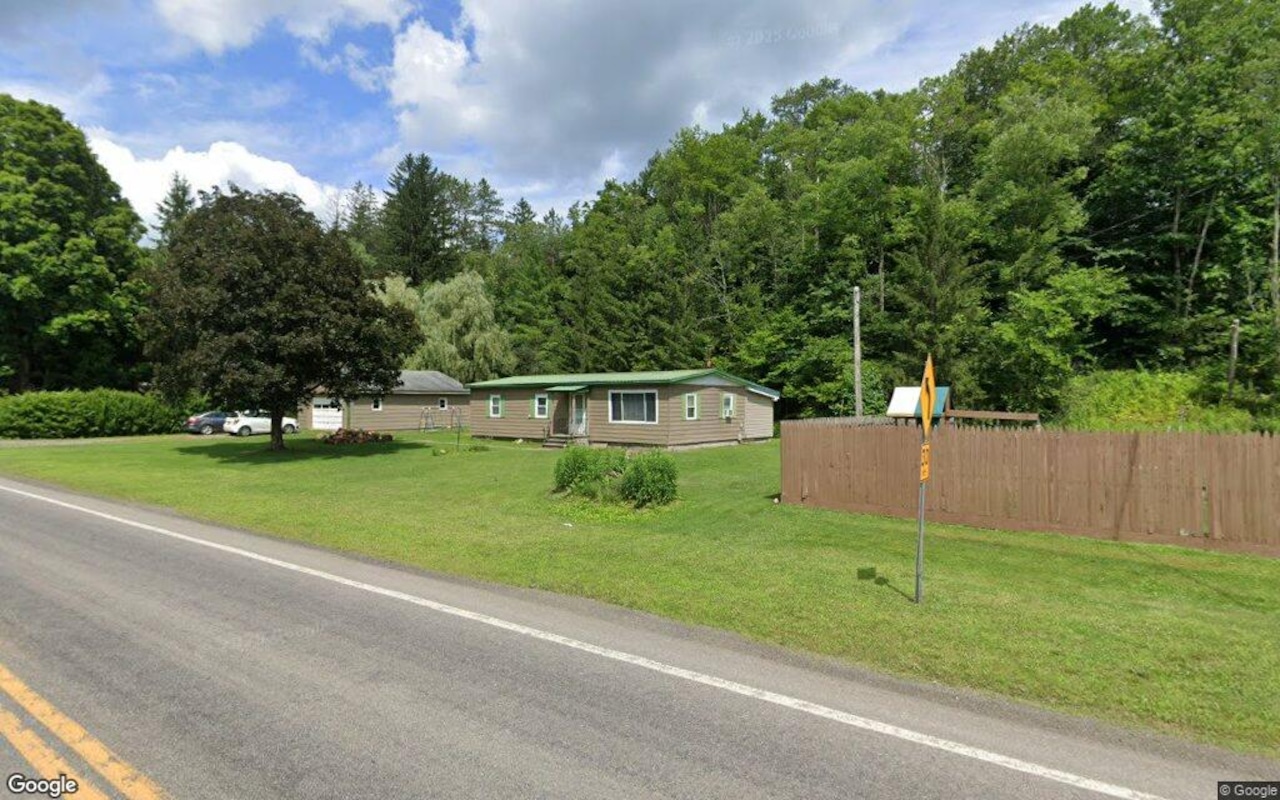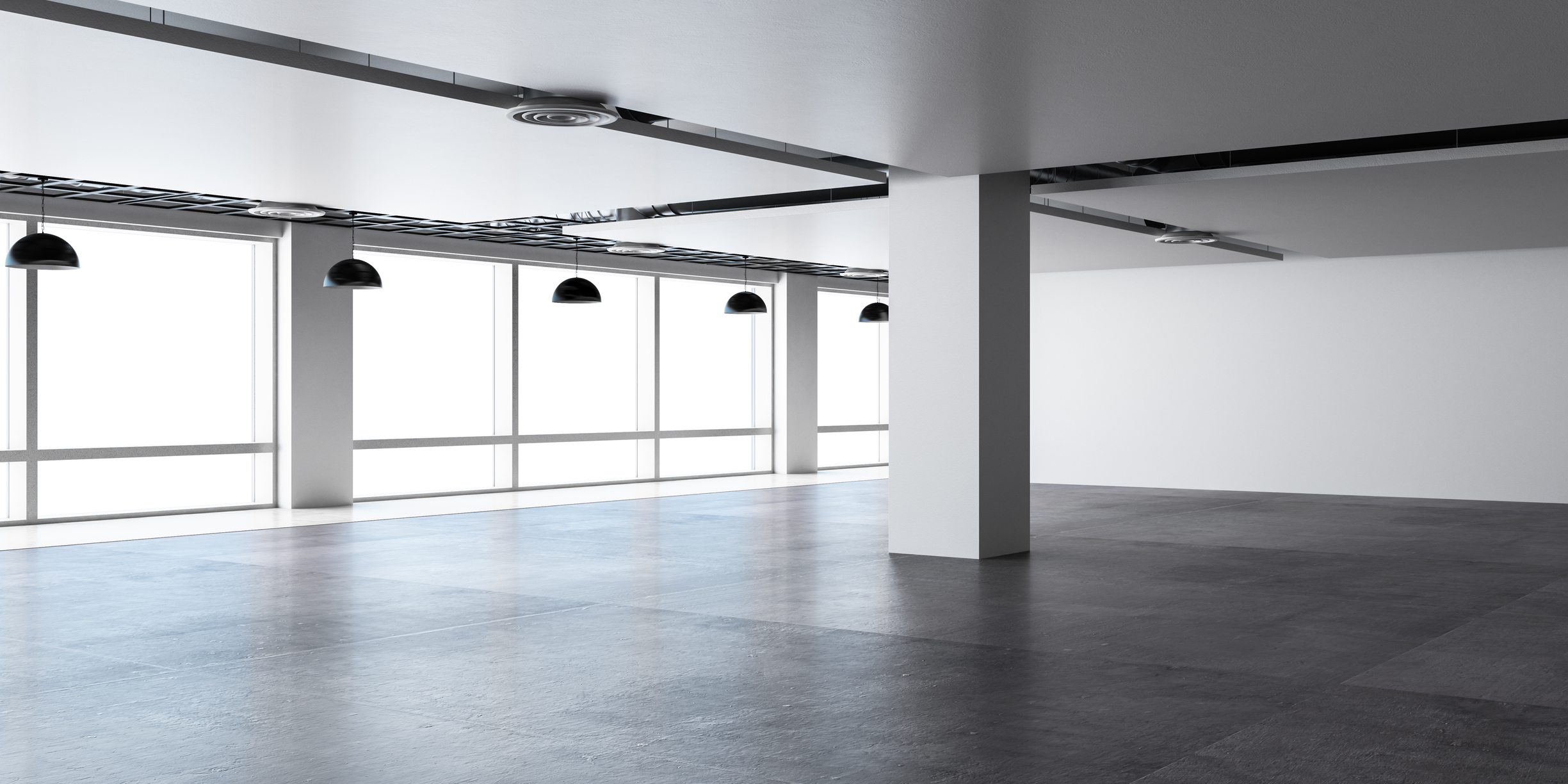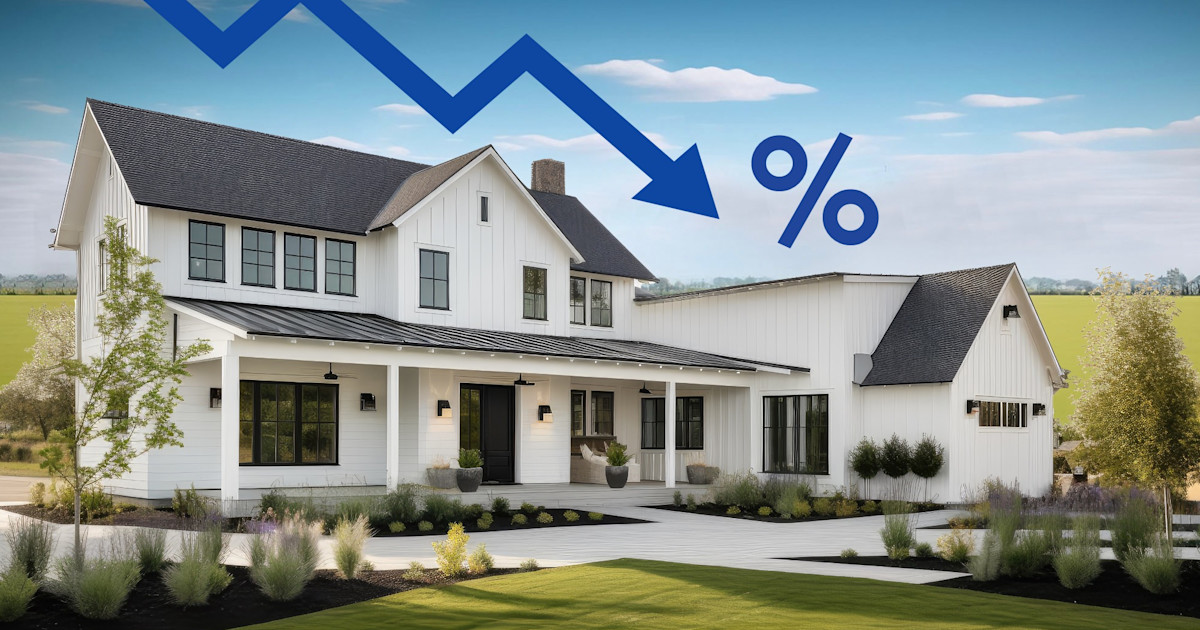T
he American dream, once built around a clear timeline of marriage, home ownership, and starting a family, is now breaking down. Americans are delaying or opting out of these milestones: fewer marriages, fewer babies, delayed moves. The housing market, designed for a bygone era, is struggling to adapt.
Experts warn that the next big stress test for housing might not be affordability but fertility. Politicians and pundits are sounding the alarm about America's declining birth rate, framing it as an existential threat to the economy and social safety nets. They're calling on young Americans to start families and invoking the baby boom era as a model.
However, the baby boom wasn't just a spike in births; it was also a blueprint for how Americans lived. Young couples married early, bought homes young, and raised families in newly built suburbs. This version of adulthood is no longer the norm.
As household formation slows down, what happens to a housing market built for growth? The post-World War II baby boom created a surge in household creation, tied to rapid housing production and policy support. The GI Bill made low-cost mortgages available to returning service members, fueling homeownership.
But over the past few decades, each successive generation has followed a different, slower path. Delayed milestones mean delayed demand for housing. Young adults are staying home longer, waiting longer to rent, and pushing off buying altogether. This ripple effect extends beyond personal choices, with national fertility rates dropping below replacement levels.
The nostalgia for another baby boom persists, but the demographic math gets more complicated with time. What happens when an entire generation delays family formation long enough that the replacement rate slips out of reach? The future buyer will be older, fewer in number, and with different needs.
As household growth slows, net household additions have dropped for two consecutive years. The U.S. added just 1.56 million households in 2024, down from 1.61 million in 2023. This slowdown is unfolding at a moment of rising uncertainty across all major drivers of household formation: employment rates, income growth, immigration, and demographics.
The demographic headwinds are intensifying, with the baby boomer generation turning 80 and mortality rates potentially overshadowing new household formations. Without a surge in immigration, Elliott estimates that births might begin to outnumber deaths as early as 2029.
Builders will need to adapt to this shift, designing homes for buyers who arrive later, need less space, and want more flexibility. The challenge isn't just building more homes but creating the right homes for a slower-growth, later-blooming America. This could mean smaller homes in emerging metros or prioritizing flexibility for multigenerational households.
The sooner we accept that the old model isn't coming back, the sooner we can design a new one that fits where America is headed. What does it look like to build homes for buyers who need less space and more flexibility? How can we ensure that the next generation of homeowners has access to affordable, adaptable housing?















